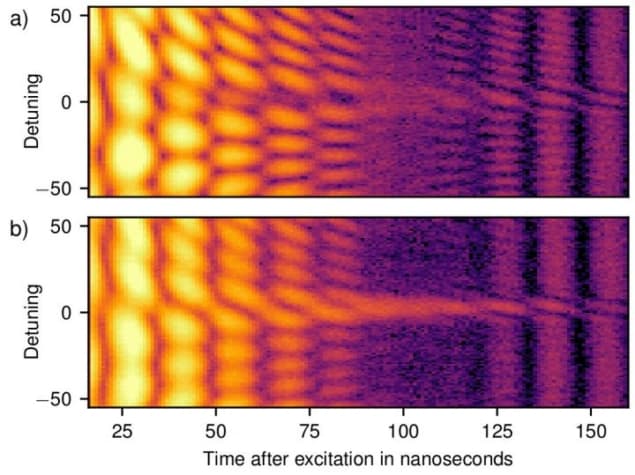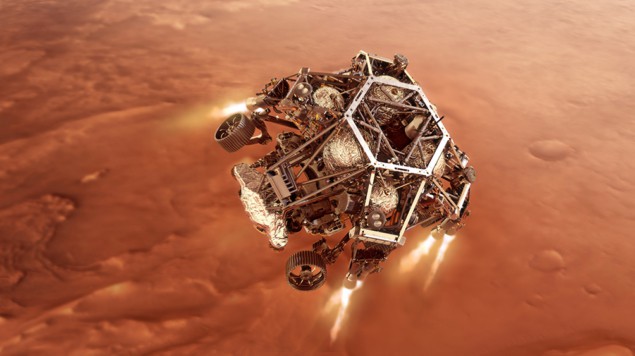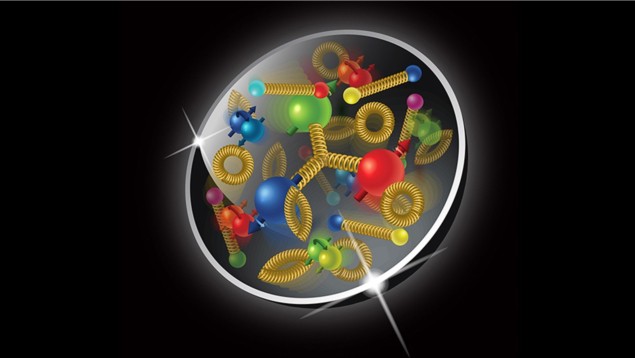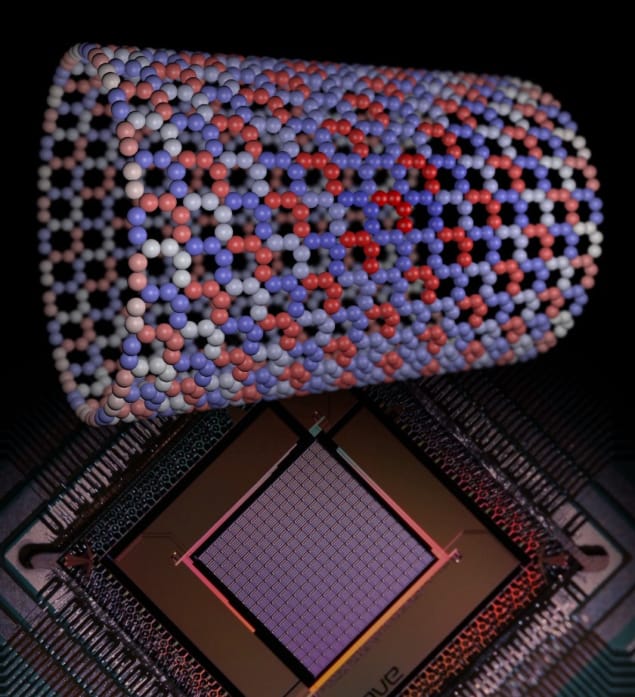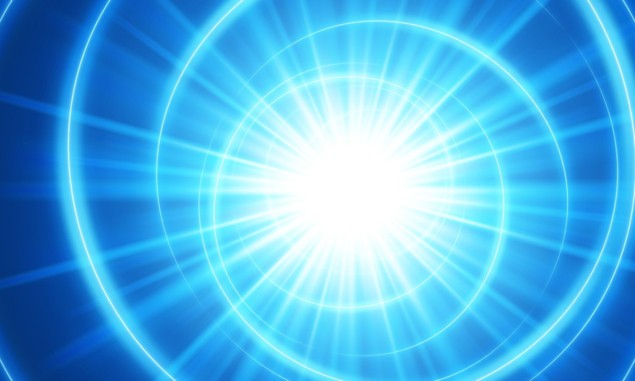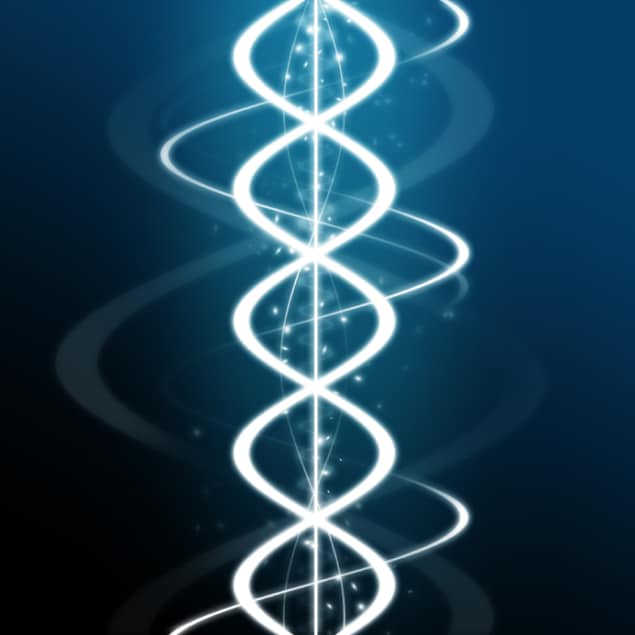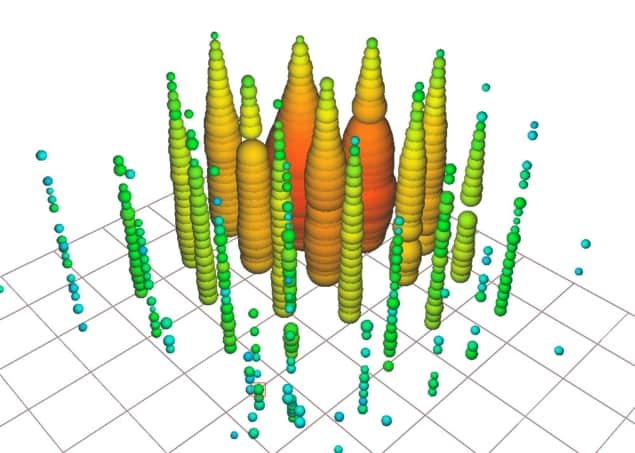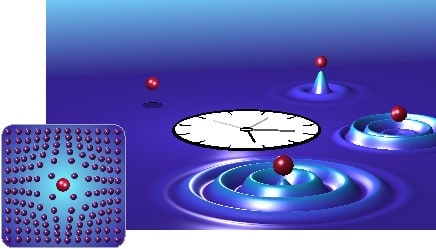UK researchers decry ‘shameful’ cuts to international support fund
24 Mar 2021
Over 4500 researchers have signed an open letter warning of significant long-term damage due to cuts made to research funded through international aid money. The reductions, which were announced on 11 March, have been met with outrage from the community, being described as “embarrassing”, “shameful” and “myopic”. Last week six researchers resigned from a UK Research and Innovation advisory group in protest at the move.


